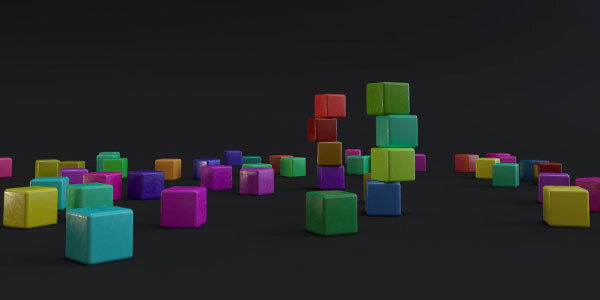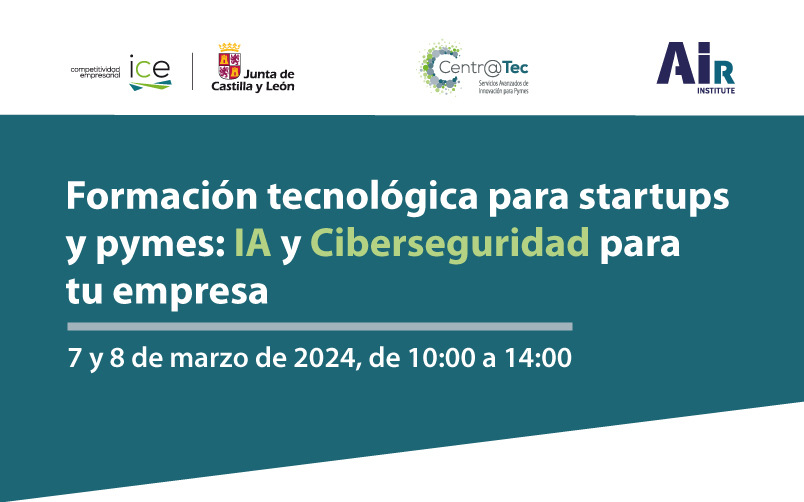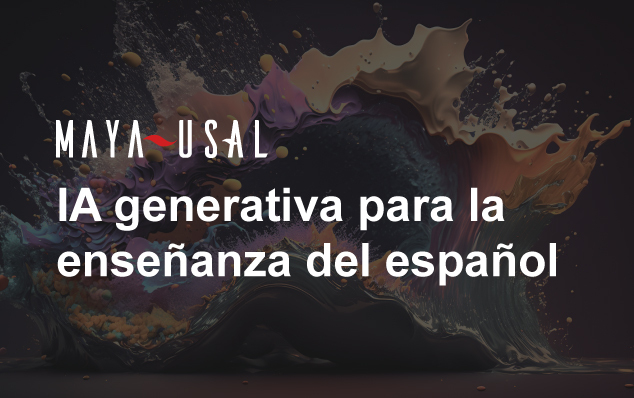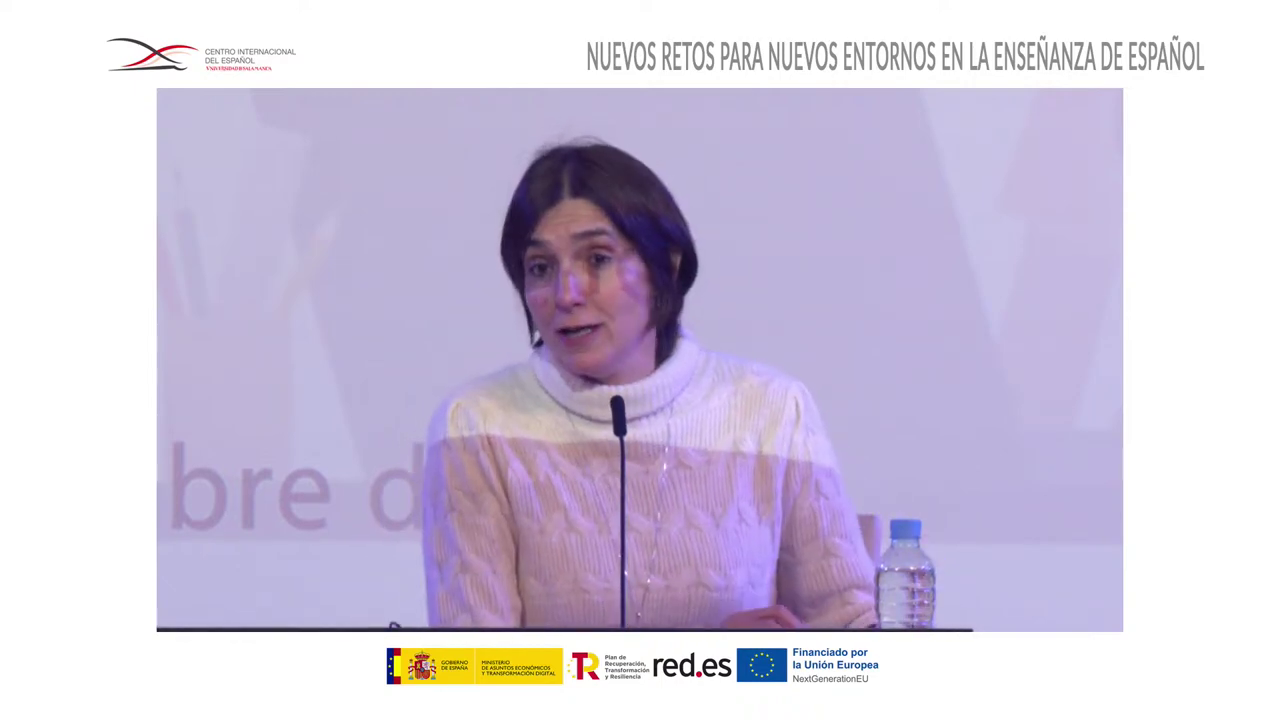More than a century has passed since the premiere of "Fantasmagorie", the first animated film created with the drawings of the French cartoonist Émile Cohl. Technological advances have played in favour of this industry, which has been in constant evolution and has allowed us to enjoy excellent computer animated productions: this is what is known as digital animation.
What is digital animation?
Probably at some point you have heard about digital animation, but... do you really know what it means?
Digital animation, also called 3D animation, seeks to give life to a character or object, whether they are drawings, computer models or photographs, they are made as lifelike as possible through a sequence of movements. These are created using computer programs or applications, which help to polish and give "soul" to the characters.
The digital animation process starts with the design of the characters or objects, after that, the modelling of each image or element is performed, which will be used later in the scene. From there, we move on to a fundamental part of the animation. This is the lighting, which gives life and drama to graphic representations. The last and the most important step is rendering, which aims to capture an image based on how the light hits the objects, just like in real life, and convert it to a format that can be read by most programs.

Why study digital animation?
The animation industry has experienced rapid growth in recent years. It is estimated that the value of the animation industry worldwide for the year 2020 reached $272 billion according to the consulting firm, Statista. It is a sector that is and will continue to boom, due to the great demand for productions of this type.
In Spain, this industry is becoming increasingly popular, the number of jobs keeps increasing as does the desire to do it better and better. Feature films such as "Planet 51" and "The Adventures of Tadeo Jones" have been a success, both in terms of production quality and worldwide box office takings.
Becoming a specialist in 3D animation is a guarantee of a future full of opportunities in a constantly evolving industry, which demands professionals with different profiles, either as a character animator, art director, 3D modeler, character designer or postproduction specialist: the range of career opportunities for digital animators is endless.
José María Tejada "Chispi" professor of the Master's Degree in Digital Animation
The Master in Digital Animation at the University of Salamanca has been training specialists in the field for more than 10 years, who have participated and continue to participate in important national and international productions.
If you're interested in becoming one of them, you can learn more about the next call for applications.




